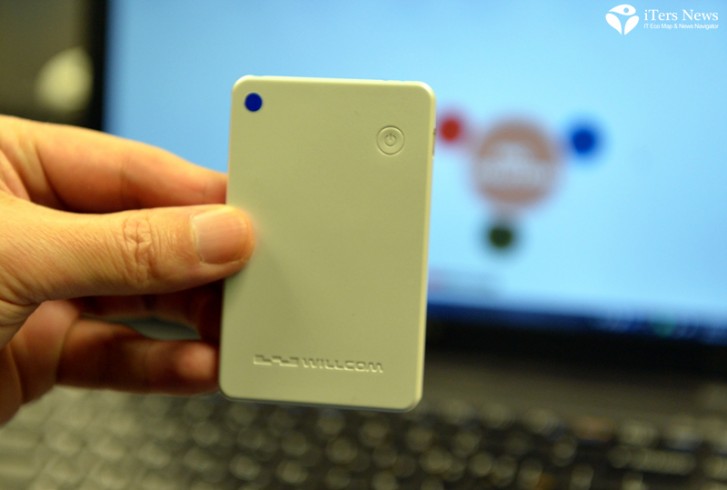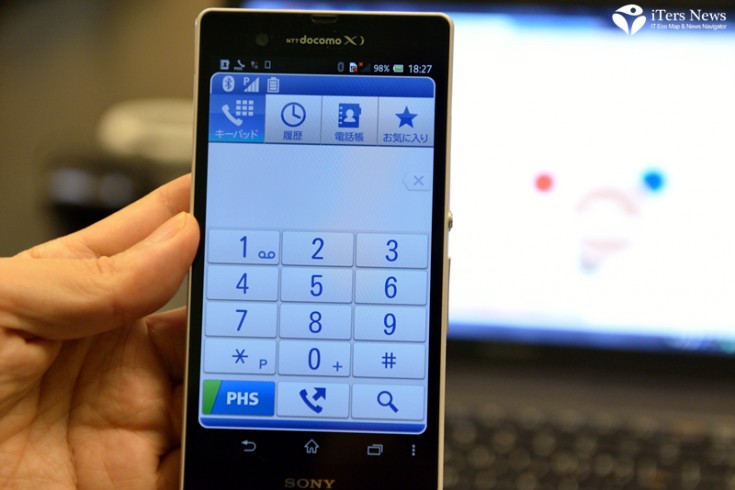(iTers News) - IoT, or Internet of Thing device, is referred to as every connected device that wirelessly communicates with each other using a cellular network, or other short-range, unlicensed wireless personal area networks like ZigBee, Wi-Fi, RFID, and Bluetooth.
As wireless communications and network infrastructures are rapidly evolving in data transfer speed, there would be more than 50 billion connected devices in service by 2020, according CISCO.
The IoT concept is an outcrop of M2M, or machine to machine communications device market for industrial infrastructure applications, going further beyond to include consumer wearable devices like smart watches and smart glasses. Hypes and enthusiasm are in the air that IoT devices would become Next Big Things.
The penetration of IoT devices has just begun, however. There is no industry consensus on how and what they are like. Nor is there any crystal-clear definition of what use to put them to. Fitness and healthcare markets are coming to the fore as immediate target applications for IoT devices, but there are still questions lurking on how to create lucrative business models.
Concerns are also growing that IoT market would get fragmented by applications, making it difficult to reach a critical mass.
From purely technical point of view, the IoT devices are rife with many technical challenges. Coming first is how to tackle network and device security issues. There are no technical standards on key building block technologies like communications networks, CPU and OS platform, either. Nor are there any standard communications protocols, a set of rules that define the way of how different communications networks work together with each other. Secondary batteries, wireless antennas, and display screen technologies still have a long way to go before they satisfy the system requirements of IoT devices for smaller form factors, ultra-low power consumptions and powerful performances. 
“Broadly speaking, global IoT market is just shaping up in two dimensions. One is smartphone-centric market where wearable companion devices are communicating with their host device like smart phones not only to control other surrounding devices like TVs and refrigerators, but also complement the functions of their host devices. On its own right, they can also work as a standalone pedometer, or a music player,” said Bang Kihong, CEO with Axstone Co., Ltd. of Korea.
“The other is a traditional M2M market for industrial and business infrastructure applications. Yet there are still many technical challenges facing the industry. One biggest challenge is network security and user interface issues, because IoT devices are not only accessing many different, heterogeneous networks like cellular, Wi-Fi and even sensor networks, but also working with many different user interface environments. If the industry doesn’t address these issues, wearable IoT devices will be reduced to nothing more than one app of smart phones or tablet PCs,” added he.
Axstone Co. has recently worked together with Willcom Inc, Japanese PHS, or personal handheld service provider, to develop a credit card-sized PHS voice communications terminal. .
Coming complete with a PHS baseband modem CPU, embedded OS, a secondary battery and even a built-in Bluetooth and PHS antenna system, the credit card-sized voice-centric PHS device is a sort of carry-on mobile terminal that can communicate with a host device like smart phone by activating a Bluetooth technology.
The device’s form factor is simple. It comes with no UIs like a display screen, a microphone , and a speaker, however, because it is nothing more than a PHS-enabled dumb bridge terminal that was designed only to talk with its host device.
As a user can carry it with him or her in a shirt pocket, or a carry-on business bag to complement their cellular smart phones, the carry-on device gives a clue to how and what IoT devices are like.
The usage scenario is straightforward. Willcom’s concept was to make the best use of its legacy voice-centric PHS network allowing smart phone subscribed to use the relatively cheap voice network, rather than expensive cellular data networks to make a voice call or receive incoming calls.
For example, all they have to do is to just purchase the PHS-enabled phone terminal and then sync it with his smart phone activating a Bluetooth network to make a phone call or receive incoming voice call.
The rationale behind the service was to save phone tariffs letting them to use the legacy and already depreciated PHS network when they make a voice call.
To make a two-way communication between a smart phone and the dumb terminal, Axstone wrote a new Bluetooth communications profile on its own. Called as PHS voice profile, or PVP, it is a sort of two-way communications profile to enable two Bluetooth-enabled mobile devices to interact with each other.
To activate the interaction between the PHS terminal and their smart phones on the unlicensed Bluetooth network, all they have to do is just find and stroke a PHS key on the smart phone’s virtual dial pad.
“ Our PVP offers a glimpse of how IoT devices can get connected together to share information, or some functionality. Right now, its application is limited, but looking forward, we expect it to be widely used in many applications. For example, we have licenses it to Kyocera to let the Japanese smart phone maker to implement it on its phone product-line to create new features and applications,” CEO Bang said.



